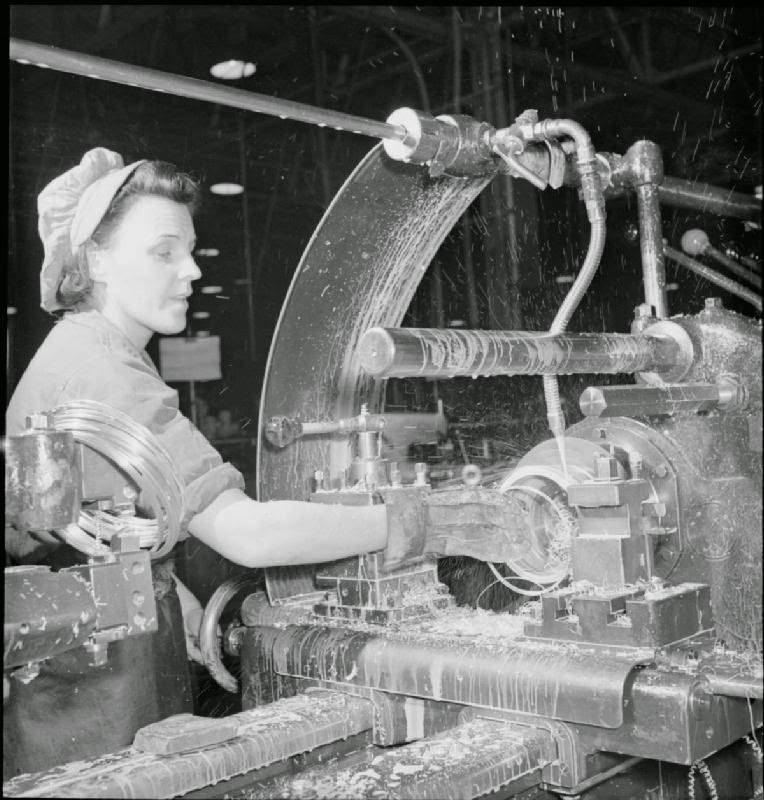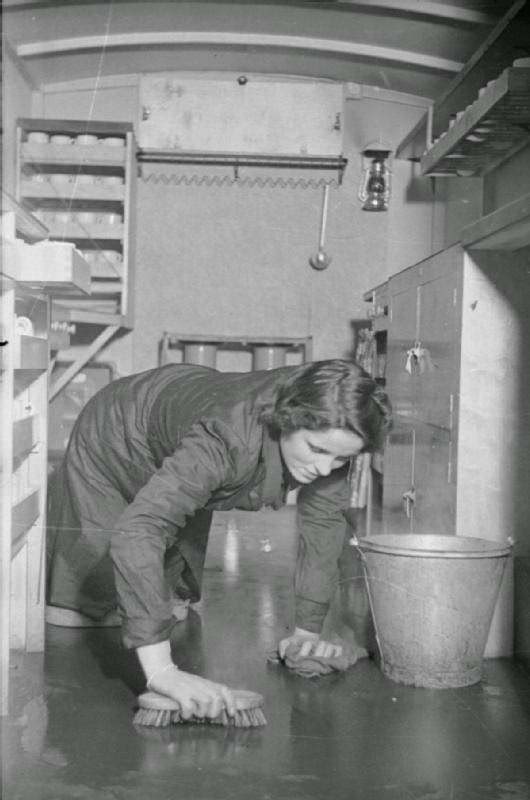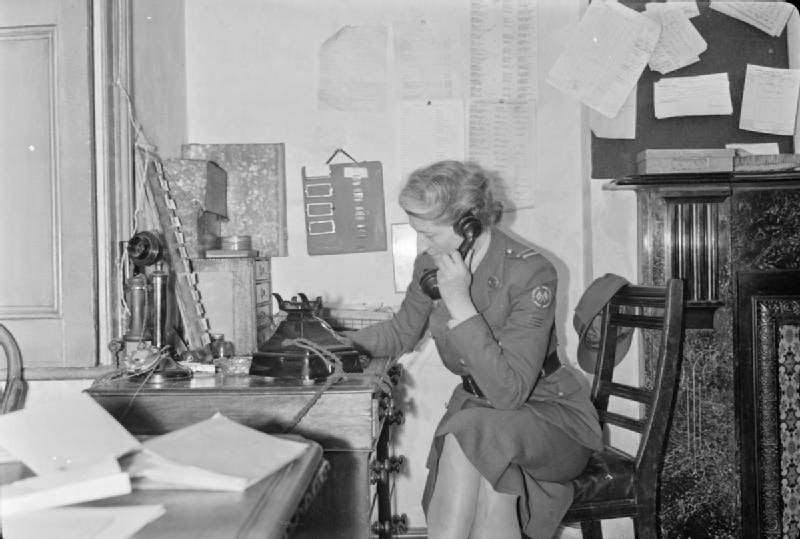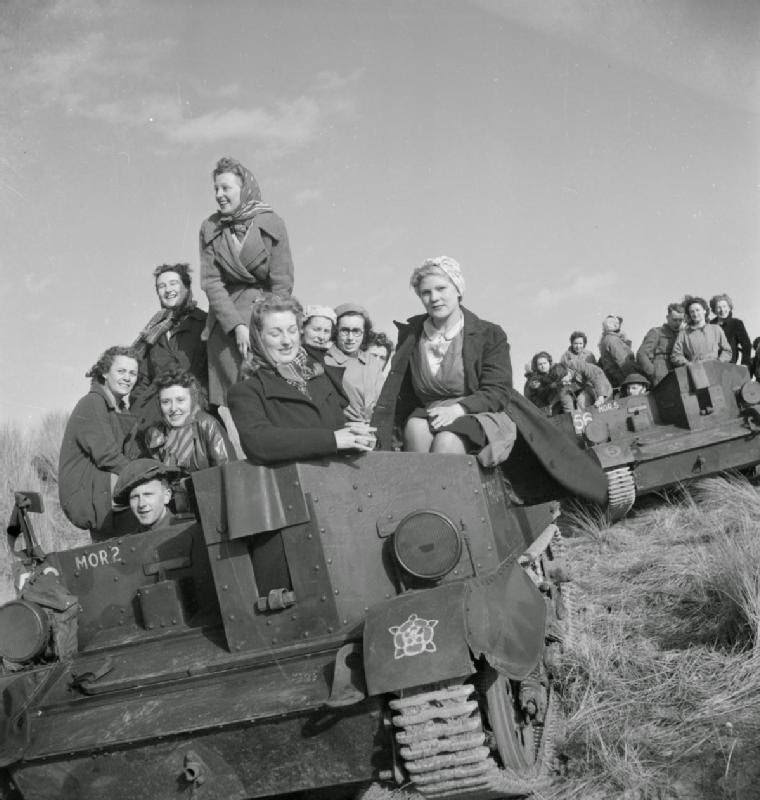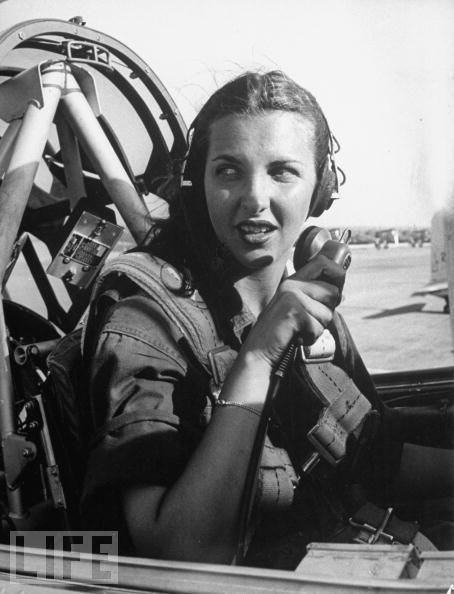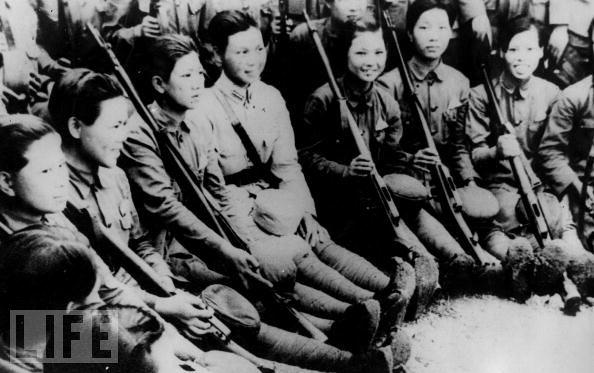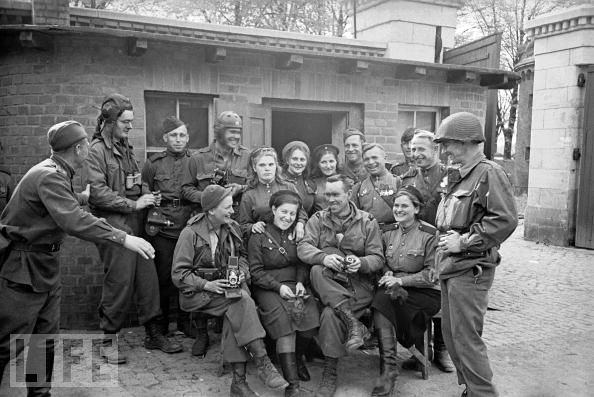World War II created several job opportunities for women that had never before been open to women, especially in the military and defense industry. When men went to war, women were called upon to fill their vacant job, which included many jobs that were previously thought unsuitable for women. Approximately 350,000 American women joined the military during World War II. To recruit women for factory jobs, the government created a campaign called “Rosie the Riveter.” Over 1.2 million Canadian women had permanent jobs in the private sector during WWII. More than 800,000 women served in the Soviet Armed Forces during the war, roughly 3 percent of total military personnel. Some women worked in factories and made bombs, assembled aircraft parts, driving tanks, while others worked as chemists and engineers. Thousands of women also recruited to work on the Manhattan Project, developing the atomic bomb. We here at Bygonely have compiled a list of historical photographs that show women at work during WWII.







